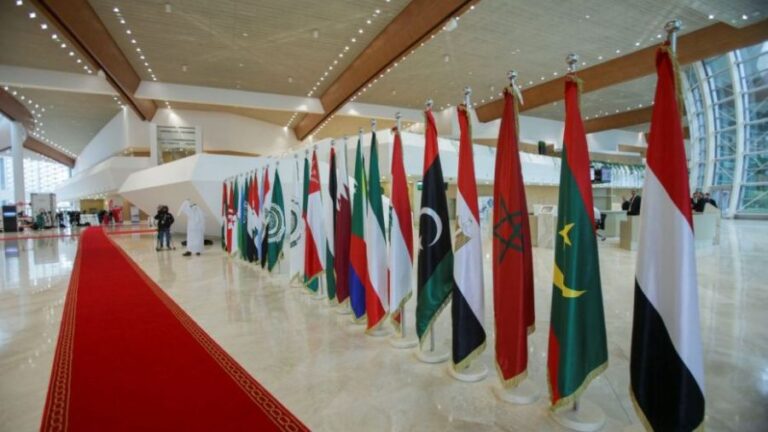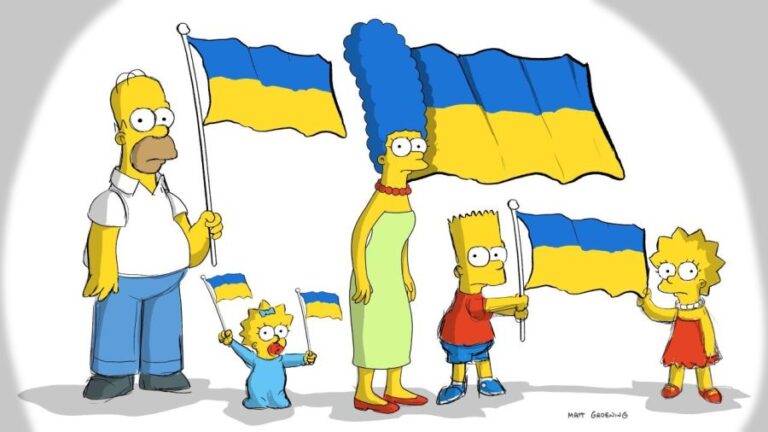The Siege of Deir ez-Zor Is Over: What Next?
The lifting of the siege of Deir ez-Zor by Islamic State (IS) militants quite rightly raised hopes that the civil war in Syria would soon be coming to an end. As soon as it became clear how the battles for the city were going to end, however, Kurdish forces from the Syrian Democratic Forces (SDF), wanting to get a slice of the pie, began to interfere.
Up to this point, the Kurds had made no attempt to alleviate the plight of the besieged people of Deir ez-Zor and the garrison defending them. But now, at the insistence of US military advisers, and taking advantage of the defeat of major IS forces by the government’s army (SAA), SDF units have started to make rapid progress towards the area of Deir ez-Zor located on the eastern bank of the Euphrates. At the same time, US generals are vociferously declaring that they will not allow Syrian government forces to cross the river. Concerns about a possible split in the country have once more become real. Rather than the peaceful ending that was expected, the situation in Syria has escalated again thanks to the threat of foreign military intervention. This time around, a large-scale conflict could break out between the central government and the Kurds.
Statements made by representatives of the Pentagon on the current situation are not only harmful, but completely illegal. How can a foreign power, without any kind of UN Security Council resolution, dictate to a sovereign state where its national army can and can’t be on its own territory? Not to mention the fact that the US has helped the SDF establish two footholds on the western bank of the Euphrates in and around Raqqa and Manbij close to the Turkish border. And despite their previous promises, they don’t seem to have any intention of leaving. At the same time, the Kurds are kowtowing to Washington and doing things that could prove suicidal in the long term.
The reasons for the current escalation lie in the desire of the US regional command CENTCOM to change what it views as an unfavourable outcome to the Syrian war in its favour. Following the failure of its scenario in the south with the capture of Syria’s border area with Jordan and Iraq by Free Syrian Army (FSA) forces, the US military has abandoned the idea and devoted itself wholeheartedly to the east. On the recommendations of Pentagon generals, it will still have a significant influence on the nature of power in Damascus by establishing an ‘impregnable bastion’ of the opposition on the Euphrates’ left bank that will also sever Syria’s land communications with Iraq and Iran. And if that doesn’t work out, then the US is, at the very least, hoping to establish a long-term buffer zone there.
Reports that the government army is also getting ready to cross the river seem to have served as a catalyst for the US to speed up its plans to capture the Euphrates’ east bank.
Many of the measures taken by the Pentagon and its allies have been too late and are unlikely to be successful. Thus, concerns voiced by certain experts that the FSA could beat the SAA in the race for Abu Kamal, a key location on the Syria-Iraq border, are largely unsubstantiated. The city is located on the Euphrates’ west bank, and the government army is advancing towards it from three directions at once – from the north along the river from Deir ez-Zor, from the southern desert, and directly along the border. The government forces therefore have a much better chance of winning the race.
Threats by the US military to use force against the Syrian army if it crosses the Euphrates River will not stop Damascus. Any actions of the Syrian command aimed at the speedy defeat of the Islamic State would be regarded as perfectly legitimate in the eyes of the world community, while any opposition to them would come across as aiding and abetting terrorism. What’s more, the Pentagon does not have enough resources in the area to seriously carry out its threats, especially in light of Russia and Syria’s cooperation in the area of air defence. It should be assumed that the SAA will set about crossing the Euphrates River in the next few days, no matter what.
Further still, the IS forces (7,000–10,000 militants) that have been pushed up against the river for a significant length of time still have enough half-destroyed bridges and boats at their disposal that they might try to cross over to the river’s east bank themselves. They may also get pushed into it by the SAA and the hope of creating their own fortified area on the opposite bank protected by natural borders. With such a turn of events, the attacking SDF forces would find themselves at quite a disadvantage. According to some reports, IS militants have already launched a counter-offensive against Kurdish forces.
Washington is not just facing military challenges in the final stage of the Syrian war, but also social and political challenges as well. For all its efforts, America has failed to attach any kind of nationwide importance to its current favourite – the SDF. These forces are still mostly made up of Kurds, with the Arab component being extremely small. The reason for this is differing objectives and mutual dislike. The leaders of the Syrian Kurds, for example, did not support the operation conceived by US advisers to transfer Arab members of the FSA from southern Syria to SDF-occupied territories. And the nearly 2,000 militants from Usudal-Sharqiya, Jaish Maghaweer al-Thawra and Liwa Tahrir Deir al-Zour that are there did not want to be subordinate to the Kurds. As a result, the Pentagon completely refused the latter its protection.
There is also growing friction in relations between Kurdish troops and the Arab population in Kurdish-occupied territories in the east of the country. The Arabs in particular outnumber the Kurds here by 2-3 times but are in a subordinate position, which they are clearly not happy with. The Kurds are quite good at fighting, but are not very skilful at managing civil life. The economy is at a standstill and living standards remain low. School programs were a point of disagreement, for example, because, as may well be imagined, they were rewritten in line with how the Kurds see their place in the history and culture of Syria. In response, grassroots protests erupted in a number of settlements. It is interesting that the lifting of the siege of Deir ez-Zor by the government army was met there with support rallies.
By and large, a situation is developing where, in a possible stand-off with the Kurds, who are being spurred on by the Americans, the Syrian government will not act alone, but will be supported by the current opposition and will even find in this a certain basis for ‘national unity’. It is also likely that Turkey, for example, is propagating anti-Kurd feeling among the part of the Syrian opposition under its control.
America’s current actions in Syria are unlikely to significantly change anything in the strategic landscape there. At the same time, if the Syrian Kurds continue following US policy so blindly, they risk losing what they may be expecting to gain in a constructive dialogue with Damascus.
By Dmitry Minin
Source: Strategic Culture







